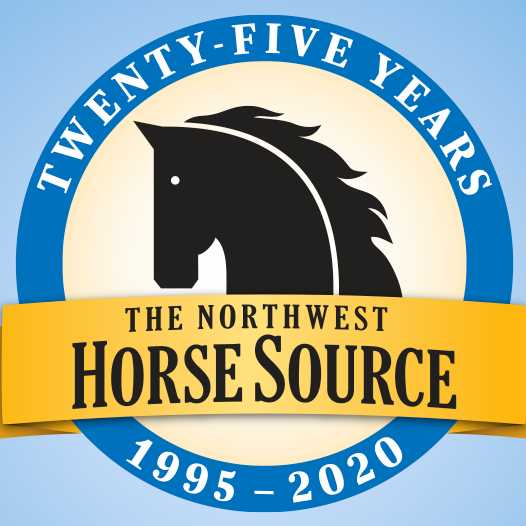Dr. Brian Joseph
Washington State Veterinarian
Last week, WSDA was notified of a laboratory-verified case of equine herpes virus myeloencephalopathy or EHV-1, neuropathogenic strain, in King County. EHV-1, in its neurotropic form, is a highly contagious virus that can be fatal to horses but will not infect people.
WSDA immediately put a quarantine in place and has been testing horses that were housed near the first infected horse and horses showing clinical signs of infection. Work has also begun to trace animals that may have come into contact with the first infected horse. So far, five additional horses at the stable have been found to be infected and are being closely monitored.

Given the highly infectious nature of the virus, WSDA is urging horse owners to follow these recommendations:
- Watch your horse for signs of possible infection, such as:
- Fever of 102.5F or higher
- Discharge from the eyes or nose
- Respiratory symptoms
- Swelling of the limbs
- Spontaneous abortions
- Neurological signs such as unsteady gait, weakness, urine dripping, lack of tail tone and recumbency.
- Check your horse’s temperature twice daily, ideally first thing in the morning, and last thing at night. Also, check before administering medications as some can lower body temperature.
- Notify your veterinarian immediately if you detect any of the symptoms above. Your veterinarian may want to take nasal swabs for virus detection or blood samples for evidence of exposure to EHV-1.
Testing and vaccines
Suspected cases should be checked for EHV-1 by a veterinarian. The Washington Animal Disease Diagnostic Laboratory in Pullman provides EHV-1 testing, including differentiating the EHV-1 neuropathogenic strain. Veterinarians can contact WADDL at (509) 335-9696 to submit a red top (serum) blood tube, and a lavender top (whole blood) tube and nasal swabs.
Although there are several EHV-1 vaccines available that control respiratory disease or abortion in horses, none of the vaccines provide immunity against EHV-1, neurotropic form.
Keep it clean and protect your horse
The disease is spread from horse to horse through direct contact, on feed, tack and equipment. While people cannot be infected by the virus, they can carry it on their clothes or hands. Here are some biosecurity steps horse owners should follow to protect their animals from becoming infected or spreading this virus:
- Wash hands, clothing and equipment and avoid using the same equipment on different horses.
- Monitor all horses on your premises for symptoms.
- Limit direct horse-to-horse contact.
- Limit stress to horses.
- Clean barn areas, stables, trailers or other equine contact surfaces thoroughly, removing all organic matter (dirt, nasal secretions, uneaten feed, manure, etc.), then apply a disinfectant. Organic material decreases the effectiveness of disinfectants. Be sure to follow the manufacturer’s recommendations when mixing disinfectants and for contact time.
- Use footwear disinfectant and hand sanitizer when moving between areas.
- If you have a potentially exposed horse, restrict human, pet and vehicle traffic from the area where the exposed horse is stabled.
- Clean all shared equipment and shared areas, again removing dirt and manure before application of a disinfectant.
- Self-quarantine any horses with possible symptoms away from other horses and contact your veterinarian immediately.
The time between exposure and illness from EHV-1 varies from two to 14 days. By self-quarantining animals with possible symptoms, practicing good biosecurity on your property and during travel, and contacting your veterinarian as soon as you suspect possible symptoms, horse owners can do a lot to prevent further spread of the virus.
Source Article: https://wastatedeptag.blogspot.com/2017/12/tips-for-horse-owners-protecting-your.html
See also “Update on Current Washington State EHV-1 Quarantine”:
https://nwhorsesource.com/update-current-equine-herpes-quarantine/

News from the horse industry. Sharing today’s information as it happens. The Northwest Horse Source is not responsible for the content of 3rd party submissions.






